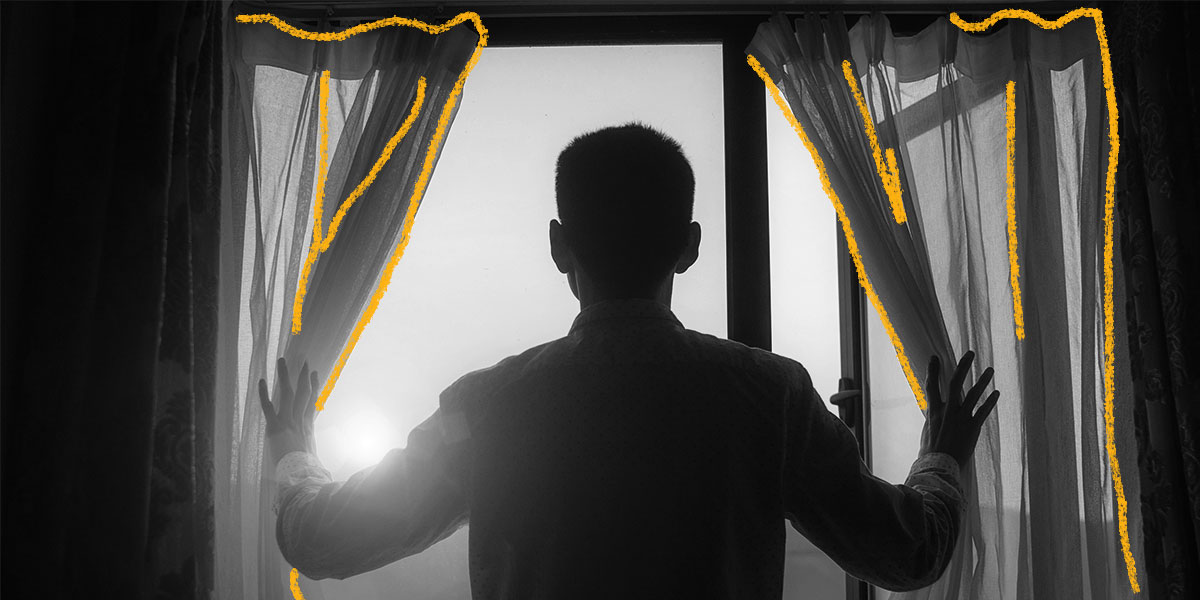Curtains are such a part of everyday life that we rarely give them a second thought. In ancient times, however, they served an important purpose. Early curtains were used to cover window apertures before the advent of glass panes. They helped protect people from inclement weather, provided privacy, most importantly, helped provide warmth. Early curtains were made from animal hides that hung from hooks. They were used to cover gaps in walls and in doorways between rooms. These animal hide hangings were later replaced by textiles. The first textiles were made from linen and flax in ancient Egypt; later, wool, cotton, and silk were developed. Most curtains, however, were still made from heavy fabrics designed to insulate a space, especially in the colder parts of Europe. In 13th century Italy, glass making was perfected, making glass panes an option for covering window apertures. However, the use of heavy fabrics to cover window openings and doorways within a home continued for many years. Curtains as we know them today did not become popular until around 1850, when household textiles became affordable for the middle class due to mass production. Since cities were becoming extremely dense, lace curtains were used to maintain privacy. However, extremely elaborate curtains also became very popular around this period. After the World Wars, curtains became a staple of home décor, but the prevailing styles were much simpler than the extremely elaborate curtains of the late 19th century. Today, curtains are available in a variety of styles and materials. Some curtains are functional while others are simply decorative, and there are plenty options to suit any need or preference.

Your go-to guide for weird history facts
Subscribe to the FREE daily email that makes learning about history fun.


